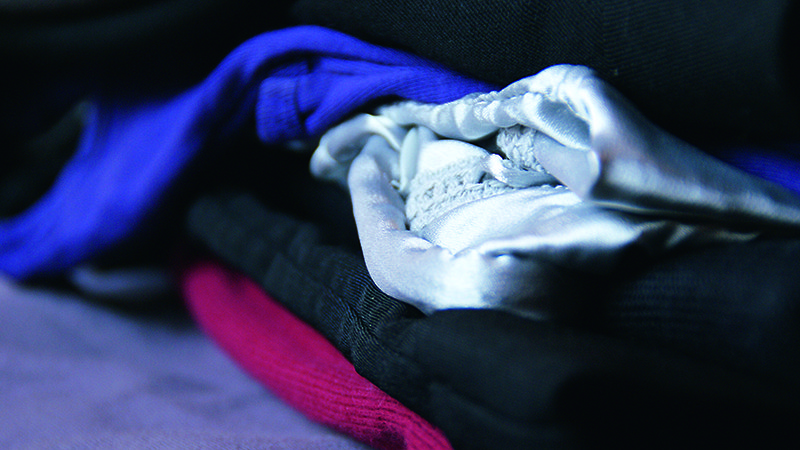It was vital to collect used clothing in a way that safeguarded quality, he continued. Uniform collection methods, however, generally led to an unwanted decrease in the most valuable materials and an increase in less valuable materials.
Contributing to a subsequent round of market reports, Michael Sigloch of Gras & Sigloch GmbH & Co. in Germany argued that some regulations had undermined the normal rules of supply and demand, resulting in a large surplus of used clothing. At the same time, there was a danger that low-quality grades would become “unsaleable”.
According to BIR the material composition of today’s clothing was so heterogeneous that this rendered impossible the sensible mechanical recycling of high-quality materials, he said. If the world wished material recycling to continue, he contended, there had to be a change in thinking within the fashion industry.
There had been a substantial increase in the supply of originals in Western Europe over recent months, concurred Martin Böschen of Texaid Textilverwertungs-AG in Switzerland. Eastern European demand for sorted goods had been decreasing and orders from Africa were “at a low level” amid on-going late payment issues. There was a “high” risk that demand would not improve in the autumn, he concluded.
Sauro Ballerini of Italy also acknowledged that the African market was “moving again, but slowly”. Agreeing that payments from Africa were still problematic, Pol T’Jollyn of Recutex NV in Belgium went on to describe illegal and subsidised collections in his home country as “a pain in the neck” for other operators.
Alan Wheeler of the UK’s Textile Recycling Association spoke of a “dramatic” decrease in UK sorting activity, principally because sorters were finding it “virtually impossible to recruit staff”. The industry was “heavily reliant” on migrant workers, many of whom had traditionally arrived from other EU countries, but latest official figures were showing that, for the first time in many years, there was now negative net migration to the UK from elsewhere in the EU.
Two guest speakers provided delegates with an insight into the Euro 11 million Resyntex research project which aims to use industrial symbiosis to produce secondary raw materials from unwearable textile waste. Objectives identified by Valérie Boiten, Researcher and Consultant in Stakeholder Engagement at the Prospex Institute VZW in Belgium, included the development of innovative business models for chemicals and textiles, as well as the demonstration of a complete reprocessing line.
Dimitris Moutousidis of Chimar in Greece then outlined the early, promising results from a project within Resyntex using protein hydrolysates for the development of adhesives suitable for use in the production of wood-based panels. Samples tested included: protein juice from sheep’s wool and textiles; and a mix of denim and wool textile fibres.
Mr Wheeler praised the Resyntex project for exploring the possibilities of used clothing going into other products rather just back into clothing. “We need to think outside the box,” he insisted.










